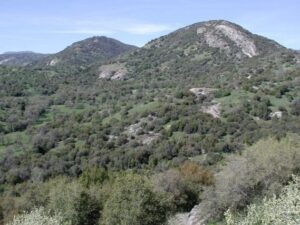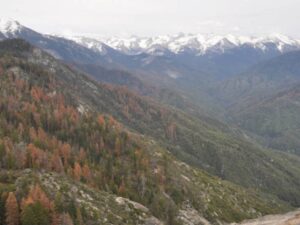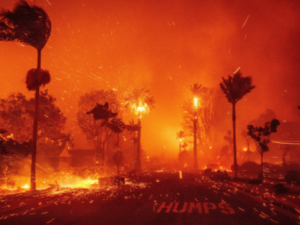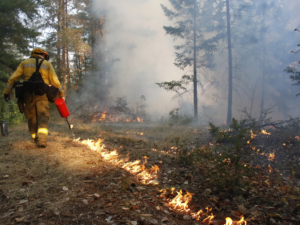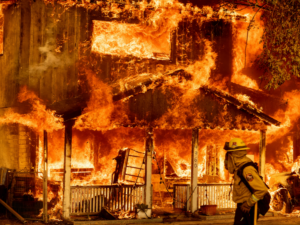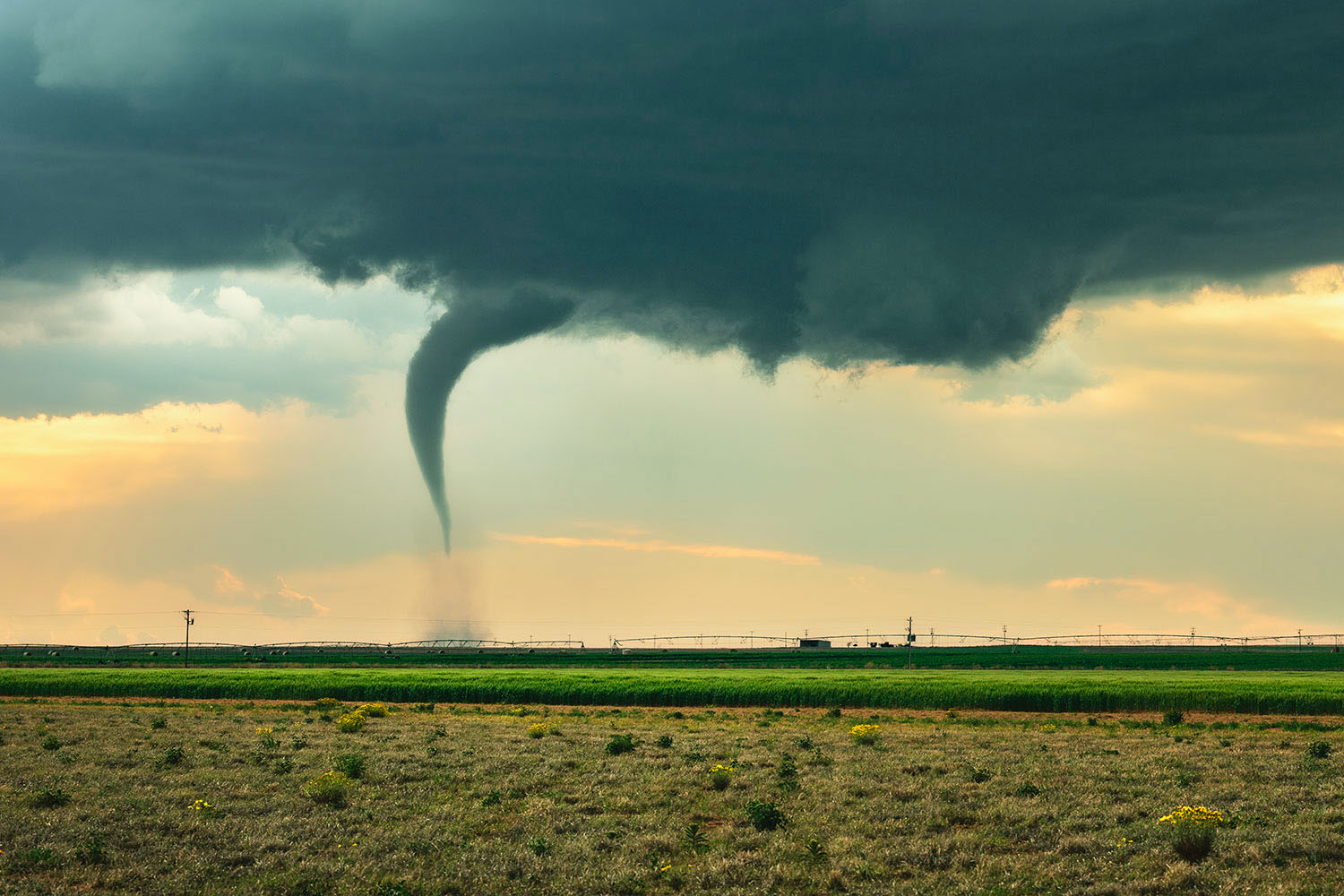Why California is Prone to Wildfires: The Golden State’s Fire Risk
California is renowned for its stunning landscapes, thriving economy, and diverse culture. However, it is also infamous for its susceptibility to wildfires. Every year, headlines highlight the devastation caused by these blazes, leaving many wondering why California seems to be a wildfire hotspot. This blog explores the key factors contributing to the state’s vulnerability, including climate, vegetation, geography, and human activity.
1. The Climate: A Recipe for Fire
California’s Mediterranean climate is one of the main reasons for its wildfire prevalence. The state experiences hot, dry summers and mild, wet winters. During the dry season, vegetation loses moisture and becomes highly flammable, creating ideal conditions for fires. Additionally, California frequently faces:
- Droughts: Prolonged dry periods exacerbate the dryness of vegetation, turning forests and grasslands into tinderboxes.
- Santa Ana Winds: These hot, dry winds blow from inland deserts toward the coast during fall, intensifying wildfires by spreading flames quickly over large areas.
- Rising Temperatures: Climate change has amplified California’s natural fire risks, leading to longer fire seasons and more extreme heat waves.
2. Vegetation: Nature’s Fuel
California’s diverse ecosystems, ranging from dense forests to dry grasslands, provide abundant fuel for wildfires. Key contributors include:
- Chaparral Shrublands: These drought-resistant shrubs dominate much of Southern California and are highly flammable due to their natural oils.
- Conifer Forests: Found in Northern California, these forests accumulate dry needles and fallen branches, which act as kindling.
- Dead Trees: Years of drought and insect infestations have left millions of dead trees in California, further increasing the risk of intense fires.
3. Geography: The Perfect Storm
California’s topography plays a crucial role in its wildfire patterns:
- Mountainous Terrain: Fires spread rapidly uphill due to heat rising, making California’s many mountain ranges ideal for fire escalation.
- Urban-Wildland Interface: The growing population and housing developments encroach on wildland areas, increasing both ignition sources and the potential for destruction.
4. Human Activity: A Growing Catalyst
While natural causes like lightning account for some wildfires, human activity is responsible for the majority of ignitions in California. Examples include:
- Power Lines: Equipment failures or downed power lines have sparked some of the state’s most catastrophic fires, such as the 2018 Camp Fire.
- Campfires and Cigarettes: Carelessness by campers or smokers often leads to unintentional blazes.
- Arson: Unfortunately, deliberate acts of arson contribute to the wildfire problem.
- Urban Expansion: Increased development into fire-prone areas puts more people and property at risk, heightening the stakes when fires occur.
5. Fire Suppression Policies: Unintended Consequences
Ironically, decades of aggressive fire suppression have contributed to California’s wildfire problem. Historically, low-intensity fires would naturally clear out underbrush and reduce the fuel load. However, fire suppression policies have allowed vegetation to accumulate, creating denser forests and more intense fires when they do ignite.
6. Climate Change: The Escalating Threat
Climate change is exacerbating California’s wildfire risks. Rising global temperatures are causing:
- Longer Fire Seasons: The traditional fire season, once limited to the summer months, now extends nearly year-round.
- More Extreme Weather Events: Heatwaves, stronger winds, and erratic rainfall patterns make fire prevention and containment increasingly difficult.
How to Mitigate California’s Wildfire Risk
While California’s wildfire challenges are complex, several measures can help reduce their impact:
- Controlled Burns: Mimicking natural fire cycles to reduce vegetation buildup.
- Fire-Resistant Infrastructure: Designing buildings and communities to withstand fires.
- Improved Land Management: Reducing human encroachment into fire-prone areas and managing forests sustainably.
- Climate Action: Addressing the root causes of climate change to minimize long-term risks.
Conclusion
California’s wildfire problem is a multifaceted issue shaped by its climate, vegetation, geography, and human activity. While these factors make wildfires a natural part of the landscape, the growing frequency and intensity of these events demand urgent action. Through a combination of thoughtful land management, climate initiatives, and community resilience, California can better adapt to its fiery reality and safeguard its future.


